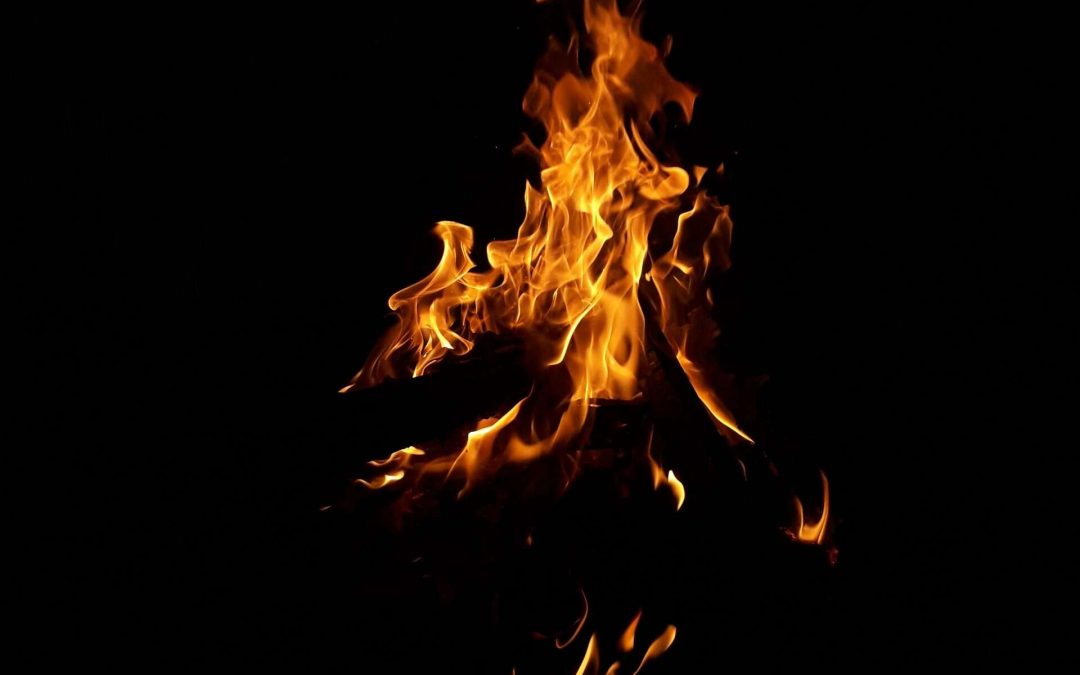Did you know there are over 1,000 species of trees in North America? Each tree produces a different type of wood, with various colors and sizes. The type of wood you burn in your fireplace will affect how hot the fire is, how long it will last, and how much residue will remain. Whether you are buying wood from your local grocer or getting it from your backyard, it is important to know which type of wood you are going to burn. Some wood is better for your needs, while others may burn too hot. Wood can also be toxic, creating poisonous fumes that can harm your lungs. This is why we are here to offer the best wood-burning tips and advice to keep you safe and warm.
Greenwood & Seasoned Wood
Wood needs to be properly dried before it can be burnt, this is called “seasoned wood.” Wood that does not have a moisture content below 20 percent is called Greenwood. Greenwood is not good for burning because it produces a lot of smoke and soot. Once the wood has been seasoned, it can be split for burning. Before you burn wood in your fireplace, it should always be split, or chopped into smaller pieces for a more efficient burn. Splitting wood allows it to season faster, so most wood is already split before you buy. The ideal size of a split log should be 6 to 8 inches in width, and 15 to 18 inches long. Size should vary if you have a much smaller fireplace, or a much larger.
Is your fire lasting too long, or not lasting long enough? Is the temperature too hot? Do you wonder why is there so much ash and soot left after you burn a fire? These are the same questions that come to mind when burning a fire. We know how to solve it, by changing the type of wood you use in your fire, you can get the results you want.
Hardwood vs Softwood
Hardwoods are better to use in your fireplace. Softwoods are not recommended for in-home use because of the amount of smoke it produces. Hardwood will give you a longer-lasting fire that is hotter. Hardwoods are also typically cleaner than softwoods are and leave less ash.
Common Types of Hardwood
- Oak– Will burn for a long time, it is one of the most common household used woods. Oak can take longer to the season, so it is important to make sure it is dry.
- Maple– Maple will burn for a long period of time. This wood has fewer sparks and produces an aroma. It has a lower density than oak, so you will need to use more of it.
- Birch– Can also be used, but it is not recommended to be used by itself. It is best to mix birch with another type of hardwood so that it produces less smoke. Birch also tends to retain moisture, so make sure it is dry before burning.
- Manufactured– Store-bought wood, compressed wood chips, and “fire-bricks” are a cleaner alternative and produce a good amount of heat as well.
Wood You Should Avoid
Did you know that some wood can be dangerous to your health if burned? Wood can even be endangered! You heard that right, there are approximately 12 endangered native tree types in North America. We want to keep you safe, so make sure you read our tips below.
- Softwood– More ideal for outdoor use because it creates a large amount of smoke and soot that can coat your chimney. Requiring a chimney sweep to be done.
- Driftwood– We service many areas that are close to the beach, and if you find some while you are there, do NOT burn it. Driftwood contains salt and chlorine, when burned can release carcinogens into the air.
- Poisonous – Oleander, poison ivy, poison oak, and even manufactured wood by-products all have the potential to release toxins in the smoke and it is important you never burn these materials in your fireplace.
- Pressure-treated wood– This wood is saturated with chemical preservatives and should never be burned in your home.
No matter what type of wood you burn it is always essential to be safe and aware of your fireplace. Never leave a fire unattended, especially in your home. Always make sure a fire is completely extinguished and all embers are as well. Keeping a clean fire will lead to a cleaner chimney, which reduces the potential risk of a chimney fire. Make sure to clean ash and soot out after every fire, so that it does not build up. By following our tips, you can choose which type of wood to burn in your fireplace, deciding the type of burn you desire.

